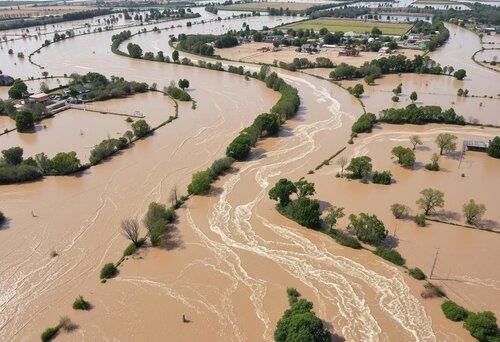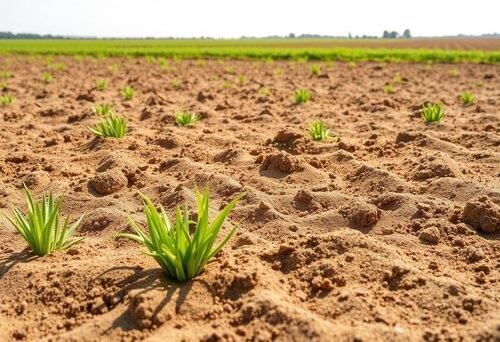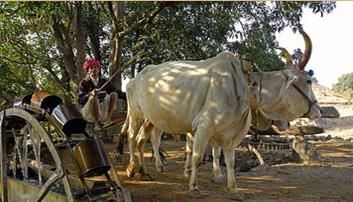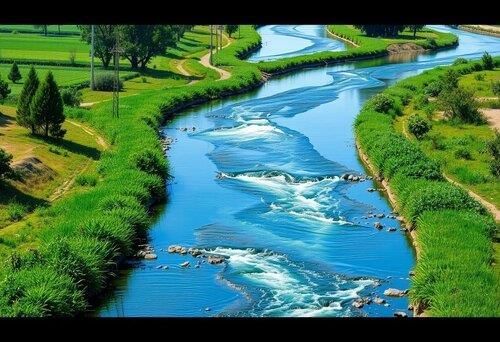|
Fill in the blank: Irrigation in India is primarily achieved through the use of ___, wells, and canals. |
Card: 3 / 28 |
|
True or False: The majority of rivers in India are perennial and provide a constant water supply throughout the year. |
Card: 5 / 28 |
|
False. Many rivers in India are not perennial and only have water during the monsoon season.
|
Card: 6 / 28 |
|
Reasons for Artificial Irrigation
|
Card: 8 / 28 |
|
What type of soil requires more frequent watering due to its lower moisture retention? |
Card: 9 / 28 |
|
Wells are commonly used in areas with a high groundwater table for ___ purposes. |
Card: 11 / 28 |
|
Persian Wheel Method uses animal power.
|
Card: 14 / 28 |
 Unlock all Flashcards with EduRev Infinity Plan Starting from @ ₹99 only
|
|
Wells can be dug at low costs, oxen used for ploughing can also be utilized for drawing water, and pumps can provide access to deeper water sources. |
Card: 16 / 28 |
|
Disadvantages of Well Irrigation
|
Card: 18 / 28 |
|
Fill in the blank: The Inclined Plane Method, also known as ___, uses bullocks to lift water from wells. |
Card: 19 / 28 |
|
India has two main canal types.
|
Card: 22 / 28 |
|
True or False: Inundation canals are used primarily when rivers are at low levels. |
Card: 23 / 28 |
 False. Inundation canals are used when rivers are at high levels, particularly during floods. |
Card: 24 / 28 |
|
Canals play a significant role in irrigation across India. Name one notable type of canal mentioned in the content. |
Card: 25 / 28 |
|
Tank irrigation conserves rainwater effectively.
|
Card: 28 / 28 |























